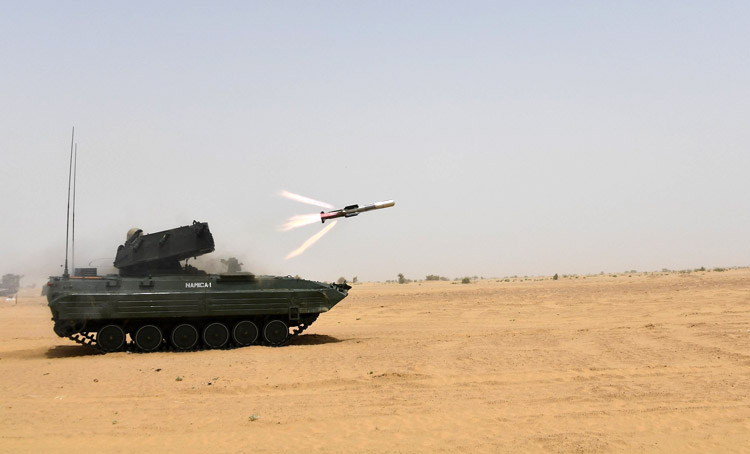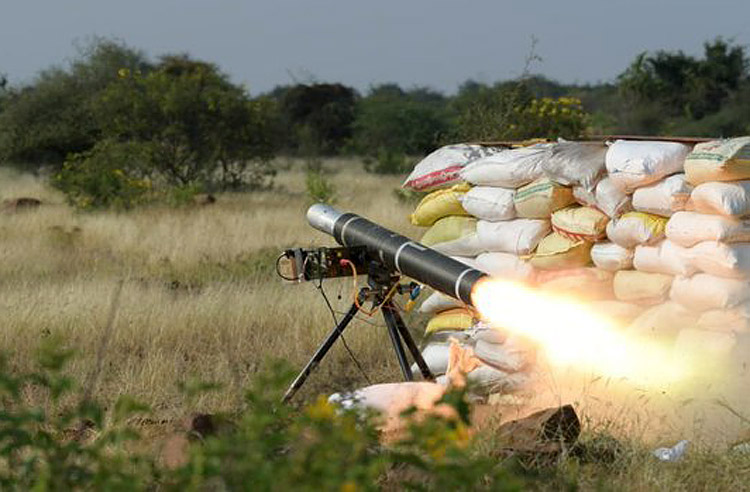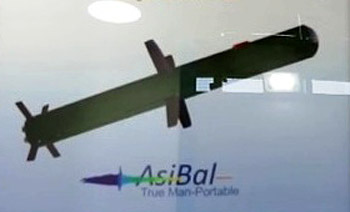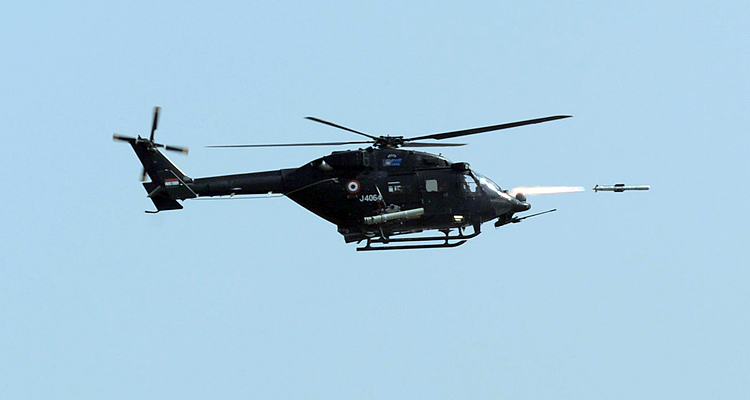INDIAN ARMED FORCES CHIEFS ON OUR RELENTLESS AND FOCUSED PUBLISHING EFFORTS

The insightful articles, inspiring narrations and analytical perspectives presented by the Editorial Team, establish an alluring connect with the reader. My compliments and best wishes to SP Guide Publications.

"Over the past 60 years, the growth of SP Guide Publications has mirrored the rising stature of Indian Navy. Its well-researched and informative magazines on Defence and Aerospace sector have served to shape an educated opinion of our military personnel, policy makers and the public alike. I wish SP's Publication team continued success, fair winds and following seas in all future endeavour!"

Since, its inception in 1964, SP Guide Publications has consistently demonstrated commitment to high-quality journalism in the aerospace and defence sectors, earning a well-deserved reputation as Asia's largest media house in this domain. I wish SP Guide Publications continued success in its pursuit of excellence.
- MoD initiates comprehensive review of Defence Acquisition Procedure 2020, pushes for defence reforms
- G7: The Swansong
- Kalinga Connect: South Asia to Polynesia
- Must Credit DRDO for Operation Sindoor, now what is next for defence R&D?
- The layered Air Defence systems that worked superbly, the key element of Operation Sindoor
- Operation Sindoor | Day 2 DGMOs Briefing
- Operation Sindoor: Resolute yet Restrained
Indigenous ATGMs
Indian Army requirements of fire-and-forget man-portable ATGMs would be colossal
 |
The Author is Former Director General of Information Systems and A Special Forces Veteran, Indian Army |

At the Aero India 2023 show held in Bengaluru from February 13 to 17 this year, an official from the Defence Research and Development Organisation (DRDO) told media that the ‘Nag’ anti-tank guided missile (ATGM) is ready for induction into the Indian Army after completing all required flight and user trials, and added, “We are now awaiting an order from the Indian Army.” He said the Nag missile is a fire-and-forget, third-generation ATGM equipped with an imaging infrared (IIR) seeker to engage with static and moving targets, and the IIR seeker is capable of operating both during day and night.
The operational range of the Nag is up to 4 km in the land version and it is equipped with a tandem high-explosive anti-tank (HEAT) warhead. The Nag features top-attack capability. In the land-based role, the missile is mounted on to the Nag Missile Carrier (NAMICA) armoured vehicle, which is a variant of the indigenously produced BMP-2 Sarath. The Nag missile has a length of 1.834 metres, a diameter of 0.158 metres, and a weight of 44 kg. It has a top speed of 230 meter/second (or 828 km/hour).
The air-launched version of the Nag ATGM is called ‘Helina’ (Helicopter-launched Nag) and can penetrate the armour of light and medium weight tanks
The Nag missile also has a Man Portable Anti-tank Guided Missile (MPATGM) version which is lighter (14.5 kg) in comparison to other variants and can be launched from the shoulder. It has a strike range of 2.5 km.

The air-launched version of the Nag ATGM is called ‘Helina’ (Helicopter-launched Nag). It weighs 43 kg and can penetrate armour as thick as 800mm which is enough to penetrate the armour of light and medium weight tanks. Helina is in two versions as under:
- Helina (7-10 km): It is a helicopter-launched version of NAG with an extended range. The launch system is mounted on HAL "Rudra" helicopter using "Rudrastra" twin-launcher system and HAL Light Combat Helicopters. The launch system is used by both Indian Army and Indian Air Force.
- Helina (SANT) (15-20 km): This is an upgraded version of the third-generation Helina with an extended range. The higher range and a new nose-mounted radar seeker help the missile launch platform stay at a safe distance, to evade enemy fire.
Aero India 2023 also witnessed display of another fire-and-forget ATGM – ‘AsiBal’ developed by the Hyderabad-based VEM Technologies. AsiBal is a third-generation manportable fire-and-forget ATGM. Integrated with a tandem high-explosive anti-tank (HEAT) warhead with a penetration of 750–850mm, it weighs 15 kg. The average velocity of the AsiBal missile is 0.6 Mach and it can be employed in a default top-attack mode as well as a direct-attack mode.
VEM Technologies has successfully completed all trials of AsiBal and now wants to commence user trials of the ATGM with the Indian Army

AsiBal has a dual-mode day and night imaging infrared seeker and it is equipped with a compact fire-control unit for surveillance and target acquisition. It is suitable for use against stationary and moving targets. The ATGM has a thermographic camera and a dual-mode infrared seeker, making it effective against explosive reactive armour (ERA)-protected vehicles at a maximum effective range of 2,500 metres.
According to VEM Technologies, the company has successfully completed all trials of AsiBal internally. VEM Technologies now wants to commence user trials of the ATGM with the Indian Army and is also seeking clearance from Indian authorities for exporting the AsiBal weapon system. The company wants to offer AsiBal to the Indian Army and to other interested customers at home and abroad.
Other customers could include the Central Armed Police Forces (CAPF) like the BSF and the ITBP but would the government permit them to be equipped with AsiBal instead of the Nag?
We now have a situation where two indigenous man portable fire-and-forget ATGMs are available to customers – DRDOs Nag and AsiBal by VEM Technologies, both having a strike range of 2.5 km. Since DRDO is a government entity compared to VEM Technologies being a private company, what scope and avenues for marketing the Asibal is available to VEM Technologies would be interesting to watch, the DRDO having a better say.

To start with, the Indian Army requirements of fire-and-forget man-portable ATGMs would be colossal. But having completed the trials of the man-portable Nag, would the Army like to have a mix of Nag and AsiBal missiles with different maintenance requirements and spares? The other customers could include the Central Armed Police Forces (CAPF) like the Border Security Force (BSF) and the Indo-Tibetan Border Force (ITBP) which is also expanding. They may want to try out the AsiBal also but would the government permit them to be equipped with AsiBal instead of the Nag?
However, for AsiBal to get a market within India, other issues would need to be examined, such as: overall requirements of the Security Sector vis-à-vis shortages that Nag cannot fill in a comfortable timeframe; production capacity of AsiBal; comparative per unit cost of Nag and AsiBal; maintenance requirements and after sales service of both ATGMs, and the like. The Security Sector can anyway facilitate trials of AsiBal and grant of export license to VEM Technologies for AsiBal should not be problematic.





